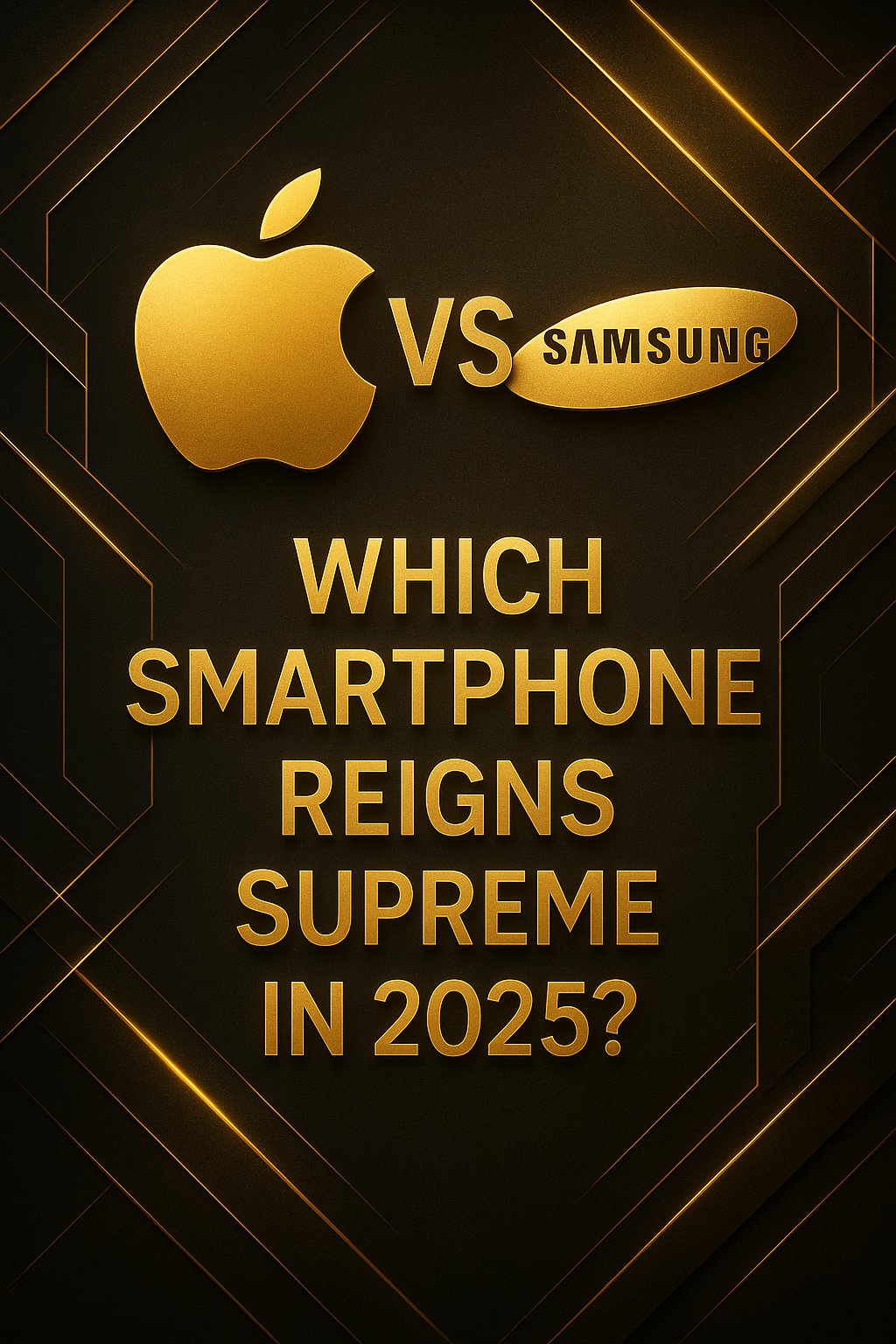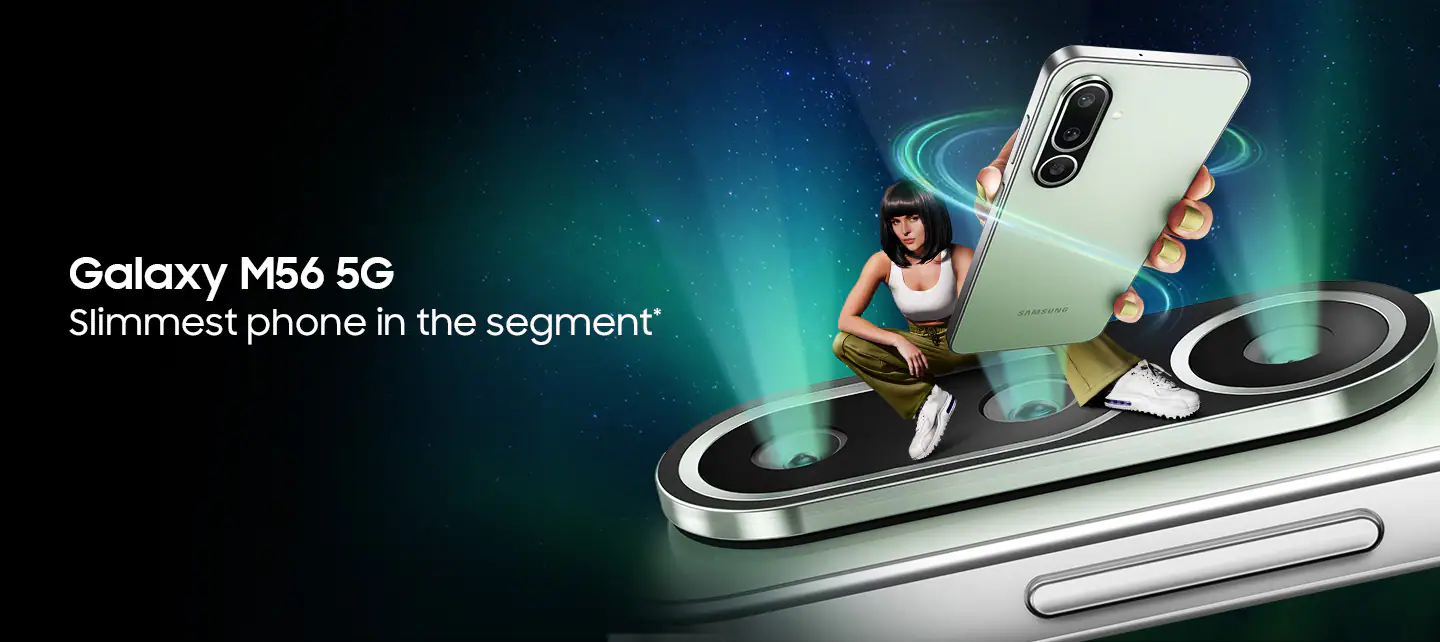Can smartphone cameras replace professional cameras in 2025?
5 Best Smartphones for Photography in 2025
Professional-Grade Cameras That Fit in Your Pocket
Smartphone photography has reached unprecedented heights in 2025, with computational photography and advanced sensor technology transforming how we capture moments. Whether you’re a professional photographer seeking a backup camera or an enthusiast wanting DSLR-quality images without the bulk, these top camera phones deliver exceptional photographic capabilities.
1. Google Pixel 9 Pro XL
The undisputed king of computational photography, Google’s flagship excels in color accuracy and detail preservation. Its 50MP main sensor with enhanced night mode captures stunning low-light images that rival dedicated cameras.
Key Photography Features:
- 50MP main sensor with 1/1.31″ sensor size
- Revolutionary computational HDR processing
- Enhanced night sight with astrophotography capabilities
DxOMark Score: 152
2. iPhone 16 Pro Max
Apple’s photography prowess continues with the iPhone 16 Pro Max, featuring their most advanced camera system yet. The ProRAW capabilities and exceptional video quality make this the go-to device for content creators.
Key Photography Features:
- 48MP quad-pixel main camera
- Enhanced Photonic Engine processing
- Advanced portrait mode with variable focus control
DxOMark Score: 149
3. Samsung Galaxy S25 Ultra
Samsung’s photography flagship boasts the most versatile camera system with its powerful 200MP sensor and 10x optical zoom. The Galaxy S25 Ultra excels in zoom photography and vibrant color reproduction.
Key Photography Features:
- 200MP main camera with adaptive pixel technology
- Dual telephoto lenses (3x and 10x optical zoom)
- Advanced AI scene optimizer
DxOMark Score: 147
4. Huawei Pura 70 Ultra
Despite limited global availability, the Huawei Pura 70 Ultra tops camera benchmarks with its innovative variable aperture lens and exceptional dynamic range. Its partnership with Leica continues to deliver outstanding image quality.
Key Photography Features:
- 1-inch type sensor with variable aperture (f/1.4-4.0)
- Leica-tuned color science
- XD Fusion Pro image engine
DxOMark Score: 156
5. Xiaomi 14 Ultra
Xiaomi’s collaboration with Leica reaches new heights in the 14 Ultra. With a quad 50MP camera system and dedicated photography controls, it’s designed specifically for mobile photography enthusiasts.
Key Photography Features:
- Quad 50MP system covering 12mm to 120mm focal range
- Professional mode with dedicated camera grip accessory
- Leica Authentic Look and Vibrant Look filters
DxOMark Score: 150
Factors That Define the Best Photography Smartphones
Sensor Size Matters
Larger sensors (1/1.3″ or bigger) capture more light and detail, producing better low-light performance and dynamic range—critical for professional-quality mobile photography.
Computational Photography
AI algorithms and multi-frame processing have become as important as hardware. The best camera phones excel at HDR processing, night mode, and intelligent scene optimization.
Lens Quality
Premium smartphones partner with legendary photography brands like Leica, Hasselblad, and ZEISS to improve lens quality and color science for more accurate and pleasing images.
Versatility
Multiple focal lengths (ultrawide, wide, telephoto) expand creative possibilities. The best photography smartphones offer seamless switching between high-quality lenses.
Frequently Asked Questions
Can smartphone cameras replace professional cameras in 2025?
While flagship smartphones now rival entry-level dedicated cameras, professional photographers still rely on high-end DSLRs and mirrorless cameras for ultimate control and image quality. However, the gap continues to narrow each year.
Which smartphone has the best night photography capabilities?
The Google Pixel 9 Pro XL leads in low-light photography thanks to its advanced night sight technology, followed closely by the Huawei Pura 70 Ultra with its large sensor and sophisticated image processing.
Are midrange phones good enough for serious photography?
Many midrange phones now incorporate flagship-level main cameras. The Google Pixel 8a, for instance, offers remarkable photographic capabilities at a more accessible price point, though you’ll sacrifice some versatility and extreme low-light performance.
The Future of Smartphone Photography
As we progress through 2025, smartphone photography continues to evolve with computational advancements and hardware improvements. Emerging trends include:
- Variable aperture lenses becoming more common, offering greater versatility in depth of field control
- Periscope zoom technology advancing to provide optical-quality results at 10x and beyond
- AI-powered editing tools integrated directly into camera apps for professional-level post-processing
- Computational RAW formats becoming more sophisticated, balancing flexibility with ease-of-use
The democratization of professional photography continues as these powerful cameras become accessible to more users, forever changing how we document our world.




Post Comment